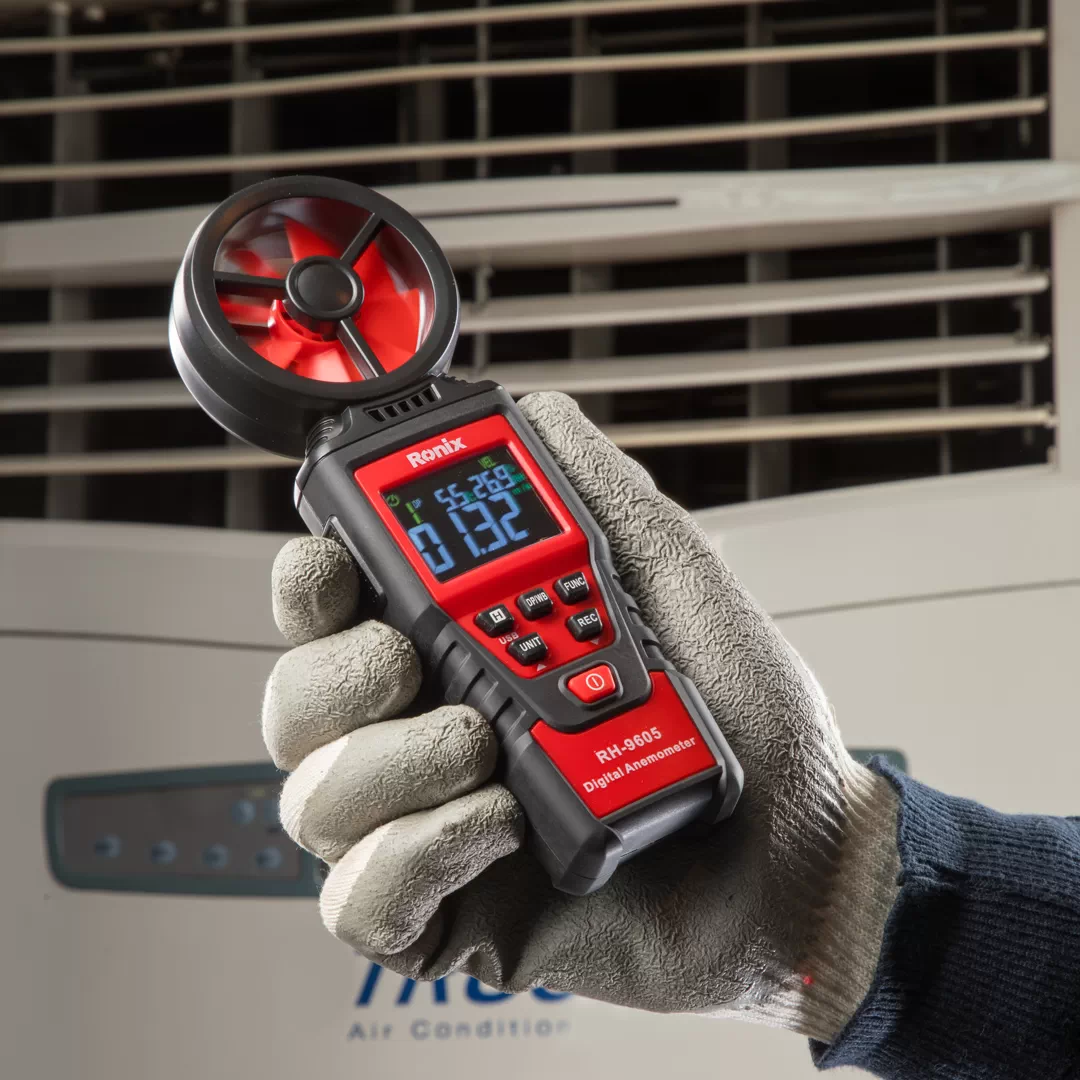Anemometer Innovations: The Most Up To Date Innovation for Wind Speed Dimension
Anemometer Innovations: The Most Up To Date Innovation for Wind Speed Dimension
Blog Article
All You Need to Learn About Anemometers: How They Function, Why They Matter, and Where to Use Them
Anemometers, though often forgotten in the realm of scientific instruments, play a crucial function in numerous fields, supplying valuable insights right into wind rate and air movement patterns. As we dive right into the complexities of anemometer technology, we will reveal the inner workings of these gadgets, their significance, and the crucial considerations when selecting the ideal anemometer for details applications.

Anemometer Essentials
An important tool utilized to measure wind speed and instructions, the anemometer plays an essential role in weather forecasting and various sectors. An anemometer commonly includes 3 or 4 mugs that turn in the wind, a vane that directs into the wind, and sensing units to track the turnings or activities. By computing the turnings or motions over a certain amount of time, the anemometer can figure out wind speed. The vane aids identify wind direction by pointing into the wind, giving useful information for climate forecasting, aviation, maritime procedures, environmental tracking, and wind power applications.
There are numerous sorts of anemometers readily available, consisting of mug anemometers, vane anemometers, hot-wire anemometers, and sonic anemometers, each with its one-of-a-kind features and applications. Mug anemometers are commonly used for basic wind speed measurements, while vane anemometers are favored for directional dimensions. Hot-wire anemometers appropriate for low airspeeds, and sonic anemometers are perfect for high-precision measurements in research study and industrial setups. Comprehending the fundamentals of anemometers is important for exact wind data collection and evaluation throughout different industries.
Principles of Anemometer Operation
Building on the fundamental understanding of anemometer fundamentals, the principles of anemometer operation illuminate the auto mechanics behind wind rate and direction dimensions. Cup anemometers, for instance, have three or even more mugs that capture the wind, triggering them to rotate faster as the wind speed rises. Hot-wire anemometers count on a heated cable that cools down as wind passes over it, with the price of cooling establishing the wind speed.
Importance of Anemometers
Anemometers play a crucial role in measuring wind speed and direction, offering important data for weather condition projecting, climate studies, ecological surveillance, and air travel procedures. Meteorologists depend on anemometers to collect accurate wind data, helping them comprehend weather patterns, predict storms, and concern timely cautions to the public. Wind farm operators make use of anemometers to assess wind conditions and take full advantage of electrical energy production from wind generators.
Applications Throughout Various Industries
In the eco-friendly energy sector, anemometers play a critical function in examining wind problems for wind farm placements, making certain optimum power manufacturing. Industries like construction and mining use anemometers to keep an eye on wind speeds, essential for safety and security protocols, especially when functioning at heights or in open-pit mines where strong winds can pose risks. In agriculture, anemometers help farmers in taking care of crop splashing by providing real-time data on wind rate to avoid drift.

Picking the Right Anemometer for Your Requirements
For basic functions, a mug anemometer is suitable for determining try this website wind rate, while a vane anemometer supplies wind direction information. Hot-wire anemometers are ideal for low airspeed measurements, and ultrasonic anemometers provide high accuracy and toughness.

Conclusion
To conclude, anemometers play a vital role in measuring wind speed and direction throughout numerous industries. Recognizing the principles of anemometer procedure is essential for picking the ideal tool for details needs. From weather forecasting to aviation, anemometers are vital devices for collecting precise information and ensuring safety in various applications. It is essential to think about the value of anemometers in order to make enlightened decisions when selecting one of the most ideal tool for gauging wind conditions.
There are numerous types of anemometers readily available, consisting of cup visit homepage anemometers, vane anemometers, hot-wire anemometers, and sonic anemometers, each with its unique features and applications. Mug anemometers are commonly made use of for standard wind speed dimensions, while vane anemometers are liked for directional dimensions. Hot-wire anemometers are appropriate for reduced airspeeds, and click over here now sonic anemometers are suitable for high-precision measurements in research study and commercial setups.Structure on the fundamental understanding of anemometer essentials, the concepts of anemometer operation elucidate the auto mechanics behind wind speed and direction dimensions. For basic objectives, a mug anemometer is ideal for measuring wind speed, while a vane anemometer gives wind instructions information.
Report this page